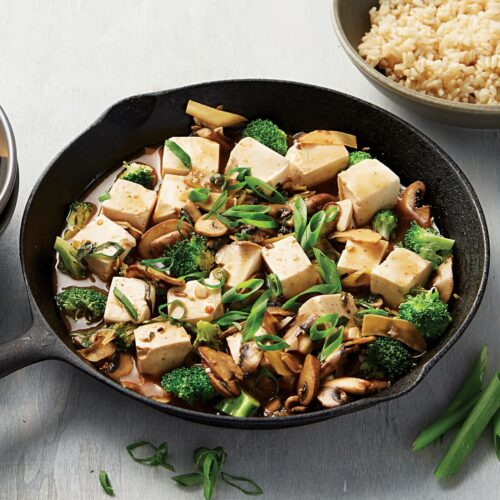
To get the most health benefits, 6-7+ serves of vegetables a day is best. But what does a serve look like?
Our body needs a huge range of nutrients to support it to function at an optimal level. Vegetables are an important source of fibre, vitamins, minerals and phytonutrients that help protect us against cardiovascular disease, coronary heart disease, stroke and cancer.
Although we talk about ‘vegetables’, some are actually fruits. And some we’d also classify as carbohydrates. UK journalist Miles Kington once said, ”Knowledge is knowing that a tomato is a fruit; wisdom is not putting it in a fruit salad.” We would use tomatoes as a vegetable, rather than a fruit.
Traditionally, some of us have loaded our plates with the high-energy starchy veges but not with other low-energy and, generally, more colourful vegetables. Starchy veges, such as potato, kumara, yam, taro and corn, add a range of valuable nutrients but they’re high in carbohydrate, so they also belong in the carb portion of the plate.
At Healthy Food Guide, when calculating the vege serves in a recipe, we count starchy vege as one serve, regardless of how much is on our plate.
The benefits that vegetables give us come from the range of fibres, vitamins, minerals and phytonutrients they contain.
Different vegetables contain different types and amounts of nutrients, and the colour of vegetables can mean they contain different nutrients. This is why eating a wide range of colourful vegetables is best for our health.
How much do we want to aim for?
A large systematic review, published in 2017, of the effects of fruit and vegetable intake on heart disease, cancer, stroke and all-cause mortality found benefits from eating up to 800g vegetables and fruit daily. From vegetables alone we get the biggest benefits from 500g-600g daily.
Visual guide
Each of these visuals approximates an 80g vege serve.
5 cups mesclun
8 cherry tomatoes
¼ telegraph cucumber
1 cup broccoli florets
½ cup frozen mixed veges
½ cup cauliflower florets
1 cup sliced mushroom
¾ cup sliced carrot
¾ cup sliced courgette
½ red capsicum
½ cup frozen sweet corn
5 cups baby spinach/rocket
¹/³ cup canned tomatoes
1 small potato
½ avocado*
*Half an avocado has 22g fat making it very high in energy (890kJ) so we wouldn’t generally recommend using a whole vege serve. The other vege serves in this list range from 0g-1.9g fat per serve so are much lower in kJ (from 50kJ for the mesclun to 310kJ for the sweet corn).
Health benefits of 500g-600g veges a day
- 30 per cent reduction in relative risk of coronary heart disease
- 28 per cent reduction in relative risk of stroke
- 28 per cent reduction in relative risk of cardiovascular disease
- 12 per cent reduction in relative risk of all forms of cancer
How much is that?
As a general rule of thumb, one serve of veges is 80g. To get most health benefit we’re aiming for 6¼ to 7½ serves (500g-600g) a day.
- Aim for 2-4 serves at lunch and 4-6 serves at dinner
- It is possible to eat veges at breakfast too. Think tomato, spinach and mushroom with your omelette, or greens in your smoothie.
- Have veges as a snack instead of, or as well as, fresh fruit. Bite sized cherry tomatoes or crisp veges, such as carrot, cucumber, celery and capsicum, all work well.
- Add veges into meals, such as casseroles and bakes, as well as serving on the side
- Think of the ideal plate where a quarter is protein, a quarter is carbs (including starchy veges), and half of your plate is low-energy, colourful veges
- An easy way to get 3 vege serves at lunch — 2 cups mesclun, 8 cherry tomatoes, ½ capsicum, ¼ avocado served with protein and wholegrain carbs.
Have a look at our Plant-based recipe book with a minimum of 4 vege serves per person in each recipe.
www.healthyfood.com










